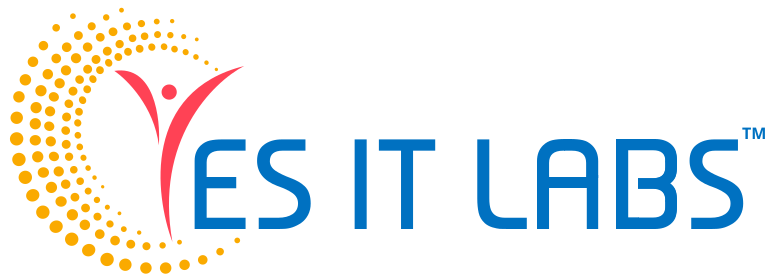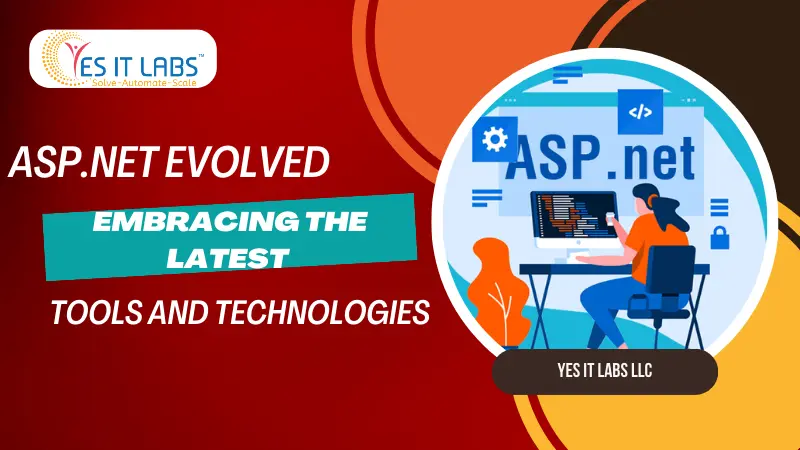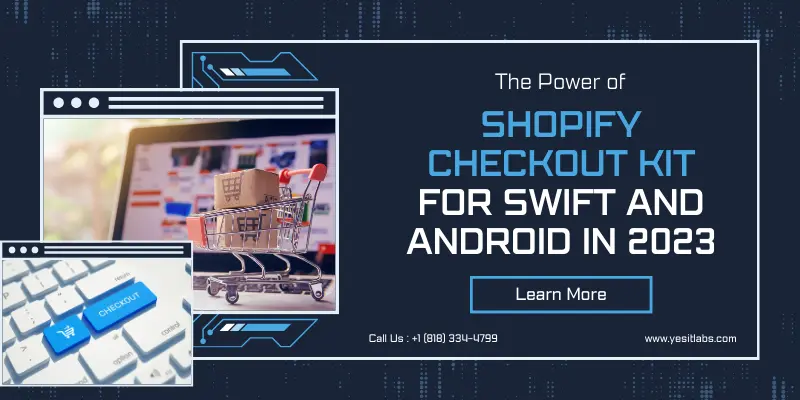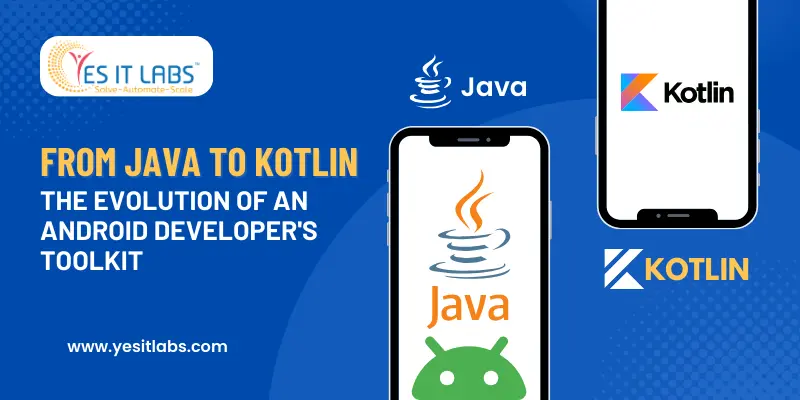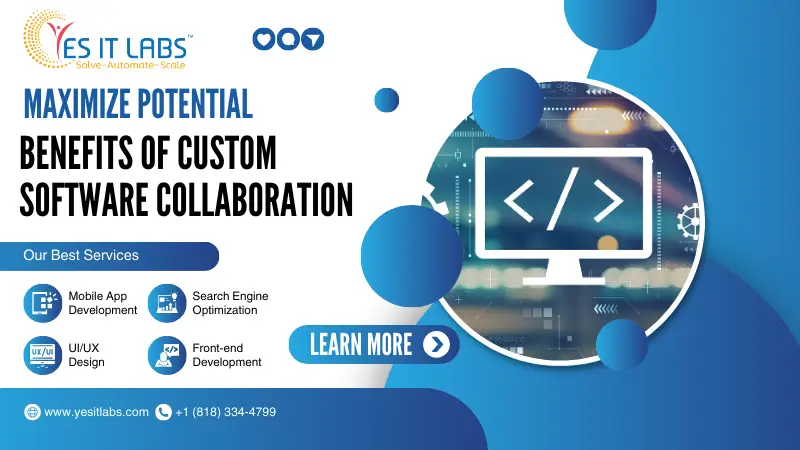Introduction
Welcome to the dynamic world of web development, where staying ahead of the curve is not just a choice, but a necessity. If you’re a PHP enthusiast, you’ve likely heard about Docker and its game-changing capabilities for streamlining development workflows. In this blog post, we’ll explore how Docker can supercharge your PHP development stack by incorporating essential tools, making your coding journey smoother and more efficient.
Understanding Docker
Docker is like a magician’s wand for developers, offering a standardized way to package, distribute, and run applications. It works by encapsulating applications and their dependencies into containers, ensuring consistency across different environments. If you’re tired of the infamous “it works on my machine” dilemma, Docker is the antidote.
Why Docker for PHP?
Imagine having a sandbox for your PHP applications—a controlled environment where you can confidently develop and deploy. Docker provides just that. It allows you to package your PHP application, along with its dependencies and configurations, into a container. This container becomes a self-contained unit, ensuring that your application runs seamlessly on any system that supports Docker.
Essential Tools to Supercharge Your PHP Development
-
Composer: The Dependency Manager
Composer is a dependency manager for PHP, and integrating it with Docker can streamline your workflow. With a single Dockerfile command, you can install Composer and manage your project dependencies effortlessly. This ensures that everyone on your team uses the same dependencies, eliminating compatibility issues.
-
Xdebug: Turbocharging Debugging
Debugging is a crucial aspect of development, and Xdebug is a powerful tool for PHP debugging. By configuring Xdebug within your Docker environment, you can step through your code, set breakpoints, and gain valuable insights into your application’s execution flow.
-
PHP Unit: Testing Redefined
PHP Unit is the go-to testing framework for PHP developers. Incorporating it into your Dockerized PHP development environment ensures consistent and reliable testing. Running PHP Unit tests in your Docker container guarantees that your tests are executed in an environment mirroring your production setup.
Conclusion
In the ever-evolving landscape of PHP development, Docker emerges as a beacon of efficiency and consistency. By integrating essential tools like Composer, Xdebug, and PHPUnit into your Dockerized PHP environment, you’re not just coding; you’re orchestrating a symphony of development excellence.
So, whether you’re a seasoned developer or just diving into the PHP universe, consider Docker as your development companion. Embrace the power of containers, and witness your PHP projects thrive in a standardized and hassle-free environment.
And hey, if you’re looking for a PHP development company that embraces these cutting-edge practices, you’re in the right place. Dockerize your development, and let your PHP projects reach new heights of efficiency and reliability. Happy coding!
